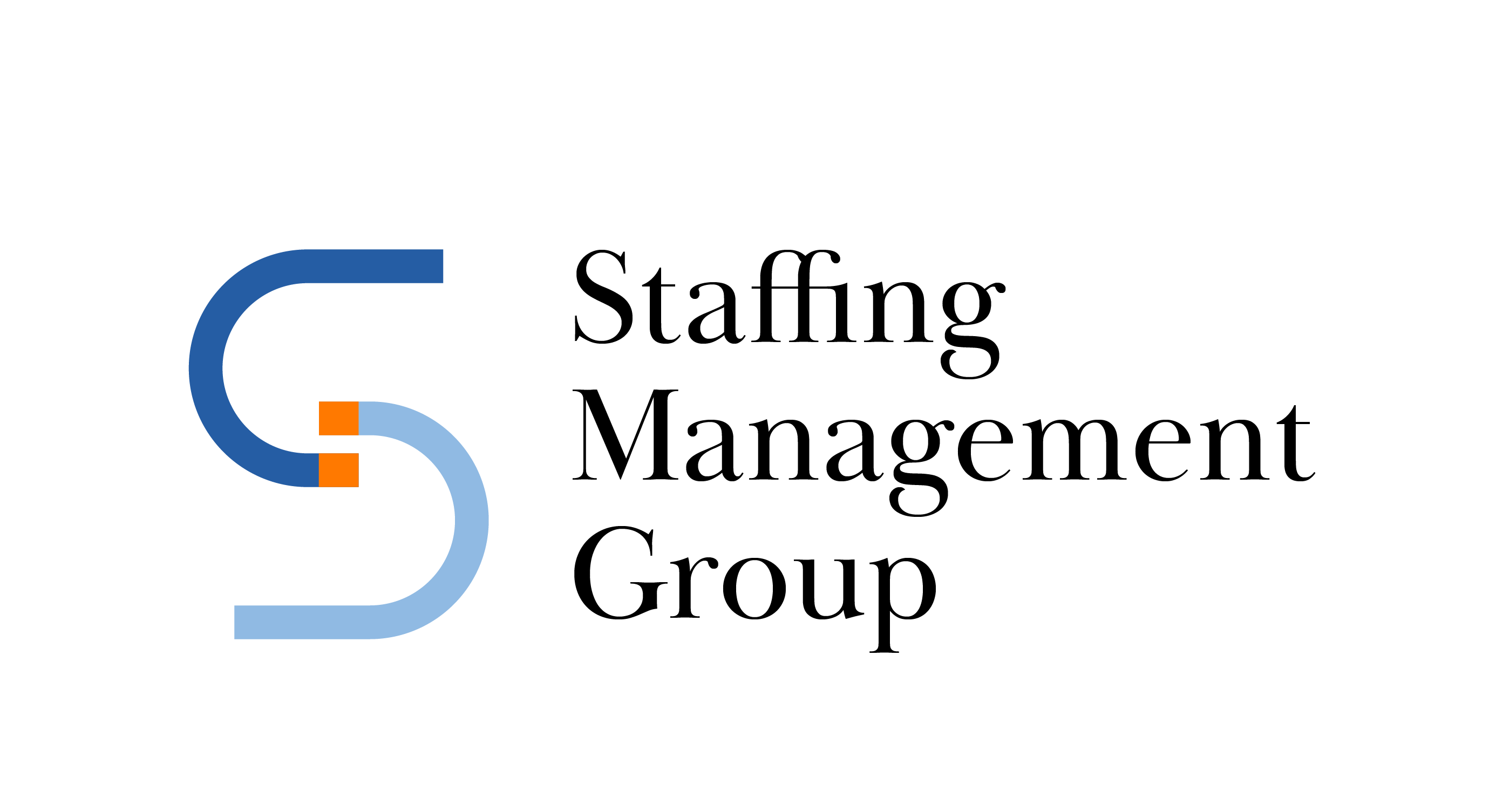Data-Driven Recruitment: Leveraging Predictive Analytics for Better Placements
Ever watched a perfect candidate slip through your fingers because your gut feeling wasn’t enough? You’re not alone. 72% of recruiters admit that traditional hiring methods fail to predict job performance accurately.
I’m about to show you how data-driven recruitment transforms guesswork into science—and your placement rates along with it.
Predictive analytics isn’t just for the Googles and Amazons of the world anymore. Small and mid-sized recruitment firms leveraging these tools are seeing 38% better candidate retention and 41% faster placements.
The game-changer? These systems don’t just analyze resumes. They predict cultural fit, future performance, and even which candidates are flight risks before you make the offer.
But here’s what nobody’s talking about: the specific analytics that outperform even the most experienced recruiter’s intuition.
Understanding Data-Driven Recruitment

The Evolution from Traditional to Data-Driven Hiring
Remember when hiring was all about gut feelings and first impressions? Those days are fading fast.
Traditional recruitment relied heavily on resume screening, unstructured interviews, and that mysterious “cultural fit” assessment. Recruiters would sift through stacks of paper resumes, making snap judgments based on layout, schools, or even names.
Now? The game has completely changed.
Data-driven recruitment uses concrete information to make hiring decisions. Instead of relying on hunches, companies now track application sources, time-to-hire, quality-of-hire, and dozens of other metrics that predict success.
The shift happened because traditional methods were, frankly, terrible at predicting job performance. Studies show that unstructured interviews predict only about 14% of actual on-the-job success. That’s barely better than random chance!
Key Metrics That Matter in Modern Recruitment
Not all recruitment data is created equal. The metrics that truly drive better hiring include:
- Time-to-fill: How quickly positions get filled (industry average: 36-42 days)
- Quality-of-hire: Performance ratings of new employees after 6-12 months
- Source effectiveness: Which channels deliver your best candidates
- Candidate experience scores: How applicants rate your process
- Cost-per-hire: Total recruitment spending divided by the number of hires
Innovative companies don’t just collect these numbers—they act on them. When data shows that employee referrals consistently outperform job board candidates, savvy recruiters double down on referral programs.
Building a Data-Centric Recruitment Strategy
Creating a data-driven hiring approach isn’t about collecting every possible metric. It’s about asking the right questions.
Start by defining what “success” means for each role. Are they sales numbers? Code quality? Customer satisfaction? Without clear success metrics, you’re shooting in the dark.
Next, establish your baseline metrics. You can’t improve what you don’t measure. Track your current stats before making changes.
Then implement these practical steps:
- Audit your ATS data – Most companies use less than 20% of their existing recruitment data
- Create feedback loops – Connect hiring data with performance reviews
- Test and validate – Run small experiments before significant changes
- Democratize access – Share recruitment insights with hiring managers
The most successful companies don’t view data as a replacement for human judgment—they see it as a tool that enhances decision-making. When intuition and analytics work together, that’s when recruitment truly shines.
The Power of Predictive Analytics in Hiring

Defining Predictive Analytics for Recruitment
Picture this: instead of sifting through hundreds of resumes hoping to find the right fit, you know exactly which candidates are most likely to succeed before you even interview them. That’s the magic of predictive analytics in recruitment.
At its core, predictive analytics uses historical data, statistical algorithms, and machine learning to identify patterns and predict future outcomes. In recruitment, this means analyzing past hiring successes and failures to make smarter decisions about who to hire next.
Unlike traditional hiring methods that rely heavily on gut feelings, predictive analytics brings science to the table. It transforms your existing HR data into actionable insights that reduce time-to-hire, boost retention rates, and improve overall quality of hires.
How Algorithms Forecast Candidate Success
The secret sauce behind predictive hiring is surprisingly straightforward. These systems look at:
- Past performance data from your top (and bottom) performers
- Resume information like skills, experience, and education
- Assessment results that measure aptitude and personality
- Even subtle factors like communication style and cultural alignment
Algorithms then create a “success profile” that new candidates are measured against. The best systems continuously learn and improve with each hire, getting smarter over time.
What makes this approach revolutionary isn’t just that it predicts who might succeed—it also identifies which candidates might struggle in specific roles, saving everyone time and frustration.
Real-World Success Stories and Case Studies
Predictive analytics isn’t just theoretical—companies are seeing dramatic results right now.
IBM reduced turnover by 40% using predictive models to identify which candidates would likely stay longer. Their algorithms spotted patterns human recruiters couldn’t see.
Unilever transformed its graduate recruitment process with AI-powered assessments and predictive tools. The result? They’ve cut recruiting time by 75% while dramatically increasing diversity in their talent pool.
Even smaller companies are getting in on the action. A regional healthcare provider used basic predictive tools to reduce nursing turnover by identifying which candidates were most likely to thrive in high-stress environments.
The common thread? Companies using these tools aren’t just filling positions faster—they’re making fundamentally better hiring decisions.
Overcoming Implementation Challenges
Getting started with predictive hiring isn’t without hurdles. Many companies struggle with:
- Data quality issues (garbage in, garbage out)
- Resistance from traditional recruiting teams
- Concerns about algorithm bias and fairness
- Integration with existing HR systems
The innovative approach is starting small. Focus on one role or department where you have plenty of historical data. Clean that data meticulously before feeding it to any system.
Address bias concerns head-on by regularly auditing your algorithms and ensuring diverse input data. The most successful implementations involve HR teams in the process rather than replacing them.
Remember that predictive analytics works best as a decision-support tool, not a decision-replacement tool. The human element remains crucial—algorithms suggest, but people still decide.
Essential Tools and Technologies

AI-Powered Candidate Screening Platforms
Gone are the days of manually sifting through hundreds of resumes. AI-powered screening platforms now do the heavy lifting. Tools like Ideal and HireVue analyze thousands of data points to identify top candidates faster than any human could.
What makes these platforms game-changers? They learn from your successful hires and get smarter over time. Most companies see a 75% reduction in screening time and a 35% decrease in cost-per-hire after implementation.
The best part? These systems spot qualified candidates your team might miss. They don’t get tired after resume #200, and they don’t have unconscious biases clouding their judgment.
Talent Analytics Software Comparison
Choosing the right analytics platform can make or break your recruitment strategy. Here’s how the top contenders stack up:
| Platform | Best For | Integration Capabilities | Price Range |
|---|---|---|---|
| TalentSoft | Large enterprises | Extensive (50+ integrations) | $$$$ |
| Visier | Data visualization | Moderate (30+ integrations) | $$$ |
| PeopleInsight | SMBs | Limited but growing | $$ |
| Tableau HR | Custom reporting | Excellent | $$$$ |
The winner? It depends on your needs. But companies using these platforms report finding better matches 40% faster.
Data Visualization Tools for Recruitment Insights
Numbers are useless if you can’t understand them. That’s where visualization tools come in.
Power BI and Tableau transform complex hiring data into actionable insights. Picture this: instead of spreadsheets, you get heat maps showing where your best candidates come from, or funnel visualizations revealing exactly where applicants drop out.
Savvy recruiters use these tools to spot patterns invisible to the naked eye. One client discovered their job descriptions were turning away qualified female candidates—something they fixed after seeing the data appropriately visualized.
Integration with Existing HR Systems
The harsh truth? Even the best analytics tool is worthless if it creates data silos.
Modern recruitment tech needs to play nice with your ATS, HRIS, and other systems. Look for platforms offering API access and pre-built connectors to tools like Workday, SAP SuccessFactors, or BambooHR.
Companies with seamless integrations report 60% better data accuracy and make hiring decisions 3x faster. Why? Because all their candidate data flows automatically between systems, eliminating manual exports and inconsistencies.
Cost-Benefit Analysis of Recruitment Tech
Investing in recruitment tech isn’t cheap. But what’s the real cost of making bad hires?
The math is pretty straightforward:
- Average cost of a bad hire: $15,000-$30,000
- Average cost of comprehensive recruitment analytics: $10,000-$50,000 annually
- Average improvement in quality of hire: 25%
For a company making 100 hires yearly with a 20% alarming hire rate, that’s $300,000-$600,000 in potential savings. Even accounting for implementation costs, most companies see ROI within 8-12 months.
The companies winning the talent war aren’t necessarily the ones with the most significant budgets—they’re the ones leveraging data most effectively.
Optimizing Candidate Matching Through Data

Creating Accurate Candidate Success Profiles
You know what sets top-tier recruitment apart from the rest? Data. Not just any data – meaningful, actionable insights that tell you who’s going to crush it in a role.
When building candidate success profiles, forget gut feelings. Savvy recruiters are digging into the performance metrics of their stars and creating mathematical models that predict success. They’re analyzing everything from past project completion rates to specific technical assessment scores that correlate with on-the-job excellence.
Take Unilever’s approach – they built profiles based on 50+ data points from their top performers and saw a 90% increase in successful hires. The secret? They didn’t just look at skills but at behavioral patterns that showed up consistently in their highest achievers.
Skill-Based Matching Algorithms
Remember the days of keyword matching on resumes? Those days are gone.
Today’s skill-matching algorithms are scary intelligent. They’re weighing skills based on recency, depth, and relevance to the role. They’re connecting dots humans might miss.
IBM’s recruiting team now uses NLP algorithms that understand the difference between someone who “used Java occasionally” versus someone who “led Java development for 5 years.” Their system weighs skills contextually and prioritizes candidates with the most relevant combinations.
The real game-changer? These systems learn. Each successful placement teaches the algorithm what combinations of skills and experiences predict job success.
Cultural Fit Prediction Models
Cultural fit isn’t some fluffy concept anymore – it’s measurable, trackable, and predictable.
Forward-thinking companies are using linguistic analysis on everything from cover letters to interview transcripts to identify alignment with organizational values. The data doesn’t lie – 89% of failed hires are due to cultural misalignment, not skill gaps.
Google famously built a cultural prediction model that analyzes communication patterns during interviews against those of their most collaborative teams. They’re measuring behaviors such as conversation turn-taking and idea-building that predict how candidates will interact with teams.
Retention Risk Assessment
Why hire someone great who’ll leave in 12 months?
Savvy recruiters are now using predictive analytics to spot flight risks before making offers. They’re looking at market factors, candidate history, and even subtle linguistic cues that indicate long-term commitment.
One tech firm developed a model that flagged candidates with a 70% higher likelihood of leaving within a year based on factors like commute distance, industry tenure, and specific language patterns in interviews.
The best part? These systems get better with each hire. They continuously incorporate performance data, refining predictions with every new data point.
Ethical Considerations and Best Practices

Addressing Bias in Recruitment Algorithms
Algorithms aren’t neutral – they reflect the biases of their creators and the data they’re trained on. When your recruitment tool consistently ranks white male candidates higher for tech roles, that’s not AI magic – it’s just digitized discrimination.
Real talk: Many companies implement predictive analytics without checking for bias. I’ve seen cases where qualified female candidates were systematically downranked because the algorithm was trained on historically male-dominated hiring data.
Fix this by:
- Regularly auditing your algorithms for disparate impact
- Using diverse training datasets
- Setting up cross-functional review teams, including DEI experts
- Testing algorithms with controlled experiments before deployment
Data Privacy and Candidate Rights
Candidates hate feeling like they’re just data points in your system. And with GDPR, CCPA, and other regulations, treating their data casually isn’t just rude – it’s potentially illegal.
Smart recruitment teams:
- Clearly explain what data they collect and why
- Obtain explicit consent before running predictive models
- Give candidates access to their data
- Set reasonable retention periods
- Avoid “black box” algorithms that can’t be explained
Balancing Technology with Human Judgment
AI tools are excellent at pattern recognition but terrible at understanding human potential. The most successful recruitment teams use technology to enhance – not replace – human decision-making.
Some areas where human judgment still wins:
- Assessing cultural fit and soft skills
- Identifying unusual but promising career paths
- Accommodating special circumstances
- Building genuine relationships with candidates
The best approach? Let machines do the initial screening and data analysis, but keep humans in charge of final decisions.
Developing Responsible AI Recruitment Policies
You need formal policies around AI use in recruitment. Flying blind is asking for trouble.
Your policy should cover:
- Who’s accountable for algorithmic decisions
- How candidates can challenge automated rejections
- Regular algorithm auditing procedures
- Contingency plans for when systems show bias
- Transparency requirements for all AI tools
The companies getting this right (like IBM and Microsoft) publish their AI ethics guidelines publicly and train all recruitment staff on responsible use.

Leveraging predictive analytics in recruitment transforms how organizations identify, assess, and select talent. By analyzing candidate data, implementing AI-powered screening tools, and utilizing applicant tracking systems, hiring teams can make more informed decisions that lead to better placements and reduced turnover. The integration of data-driven approaches with traditional recruitment methods creates a robust framework for identifying candidates who will truly thrive within your organization.
As you implement predictive analytics in your recruitment process, remember to balance technological solutions with ethical considerations. Maintain transparency with candidates, regularly audit your systems for bias, and ensure human oversight remains part of the equation. The future of recruitment lies not in replacing human judgment but in enhancing it with data-driven insights that make the hiring process more efficient, effective, and equitable for everyone involved.
Thanks for reading this article from Staffing Management Group. Whether you’re looking to streamline your onboarding and compliance processes through our Workforce Solutions or enhance cash flow with Payroll Funding, we’re here to support your growth. Explore partnership opportunities via our Partners Program, or return to our homepage to learn how we’re leading the future of staffing through Data-Driven Recruitment.
